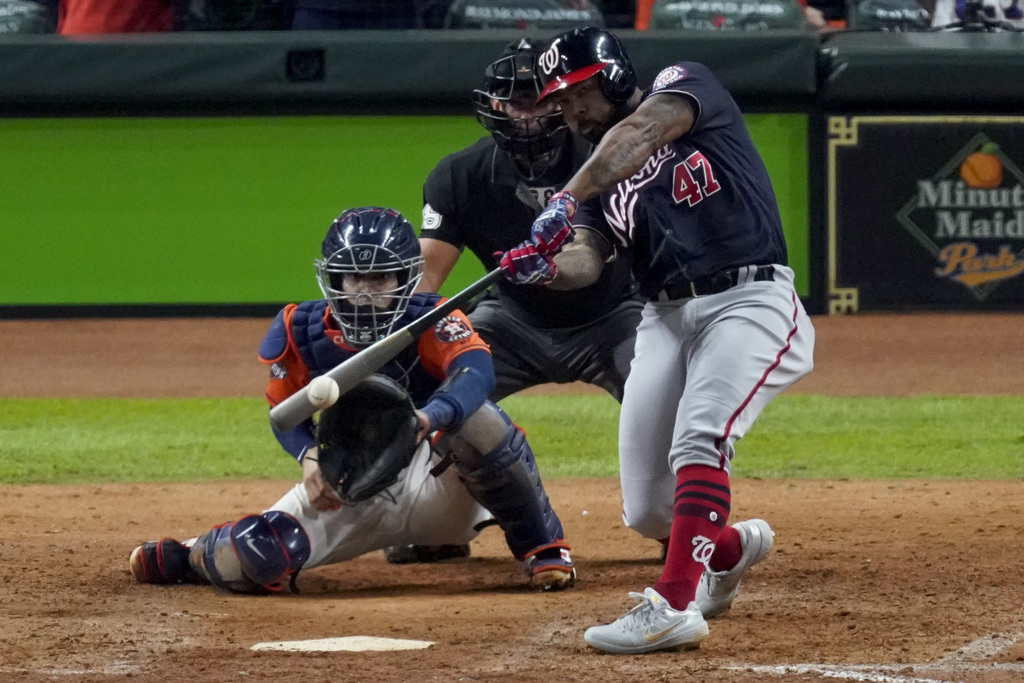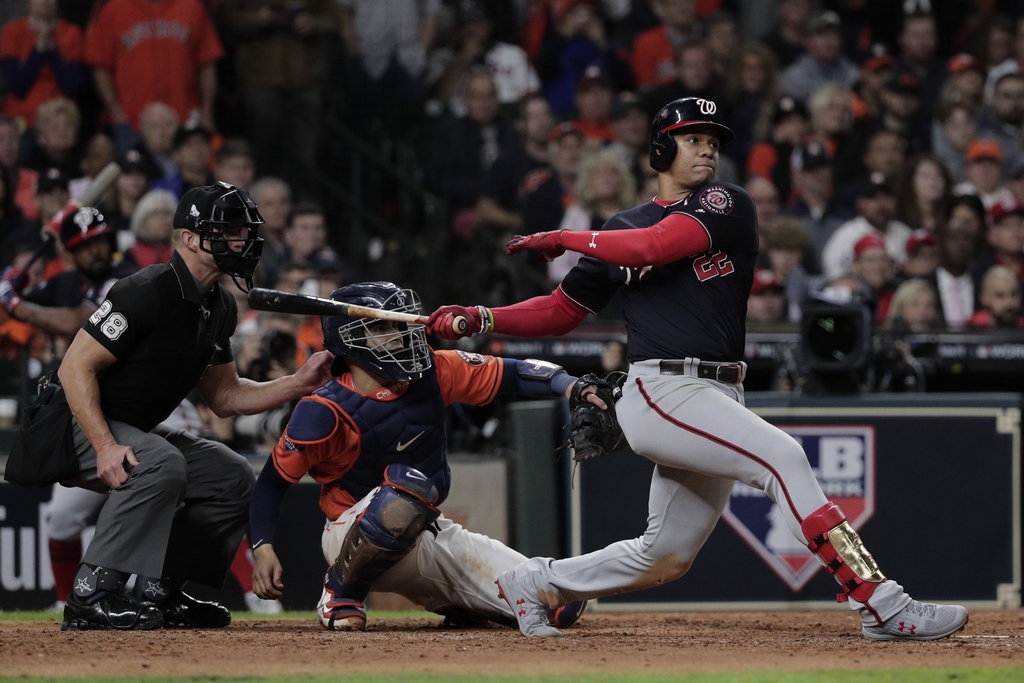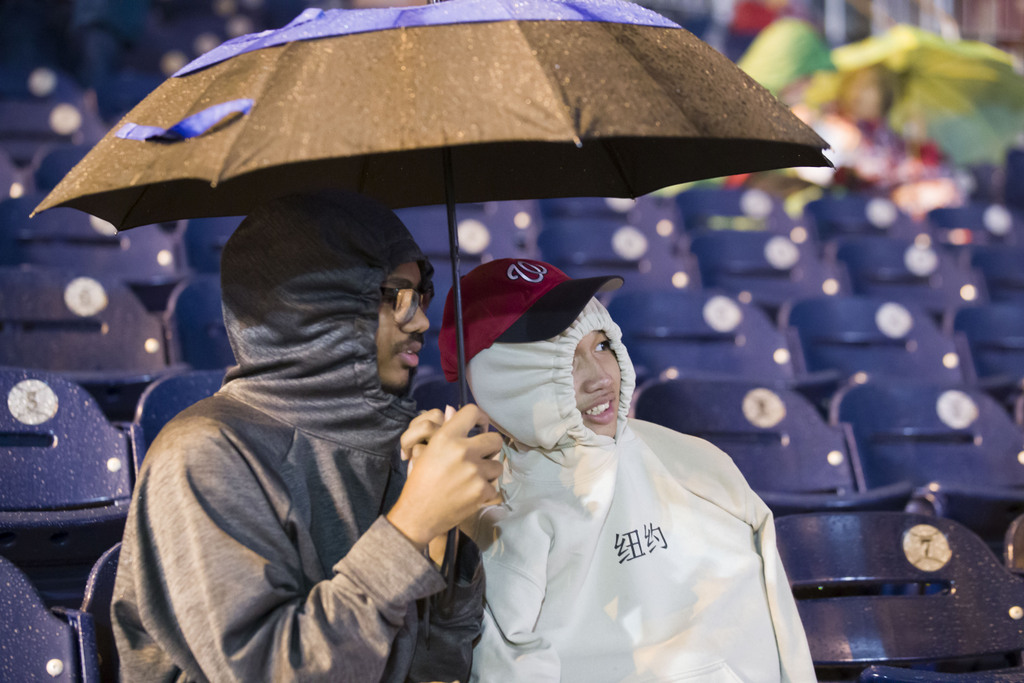[ad_1]
By Mark F. Gray
AFRO Staff Writer
[email protected]
Major League Baseball has been trying to diversify its clubhouse, front offices, and fan base, so the 2019 World Series did as much to gentrify the game as the demographics of Southeast, D.C. Among the glistening skyscrapers that have risen along the banks of the Anacostia River to accompany Nationals Park, this year’s Fall Classic personified how baseball’s diversification initiatives have changed the complexion on the field and among the fan base, in what is historically known as “Chocolate City.”
“As a baseball fan this is good for baseball and this is good for the city, especially the kids.” Antonio Scott, general manager of the D.C. Grays from the Cal Ripken League told the AFRO. The Grays help operate MLB’s RBI (Reviving Baseball in the Inner City) baseball programs at the Nationals Baseball Academy in Southeast, D.C.

“The optics of the event will bring more shine to the game among inner city kids. If it has to be like this to bring them back to playing in youth leagues that’s great.”
The Nationals hosting the 2018 All-Star Game and getting significant contributions from players of color (like Dominican-born Juan Soto and National League Championship Series MVP Howie Kendrick) the World Series gave scores of millennial fans of color around the D.M.V. a reason to flock and watch parties en masse. Ticket prices, that averaged between $700-$1,500, prohibited many young professionals from attending the games. However, they took advantage of the public viewings at social establishments or at Nationals Park while the team was in Houston.
“Since baseball is America’s national pastime, it’s important for the Washington Nationals to be in the World Series,” Nationals fan Paul Jackson, a Howard University graduate who relocated from St. Louis told the AFRO. “I think it’s a unifying thing for the country and something for us to celebrate as Washingtonians.”

Despite not having a team to call its own for a generation, the World Series awakened a fan base of Black baseball fans who have been in the closet since the Washington Senators left for Texas after the 1971 season. However, the District has always been home to a dedicated underground African American fan base that dates back to the days of the Negro Leagues at Griffith Stadium.
“Baseball is a part of the Black experience in America,” Jackson added.

The original Senators played for almost six decades and won the 1924 World Series on the grounds of what is now Howard University Hospital. It was also where the Homestead Grays of the Negro Leagues – who split time between D.C. and Pittsburgh during the 1940s – won three championships during that decade as the first generation of the Senators were disintergrating. Despite laws that kept them separated in the stands, Griffith Stadium was one of the few places in the city that allowed Black and White fans to openly congregate during the Jim Crow days of segregation. Many of those “Nanna’s” and “Pop-Pop’s”, who have passed away, were able to leave a passion for the game with their grand and great grandchildren through memories shared by their parents who watched Black Hall of Famers such as Josh Gibson and “Cool Papa” Bell, whose legacies intermingle with the likes of Babe Ruth and Joe DiMaggio.
“We do not forget what baseball was and continues to be to this city,” said Howard University Hospital’s Director of Community Relations Cynthia Livingston, to the Washington Business Journal. “The interest remains, because you do have those people who follow baseball, those stadiums — they keep it alive.” Howard University Hospital has a small museum called Freedmen’s Hall, which tells the stadium’s history with archives from that era.
Even though the Nationals were swept by the Astros, which marred a celebratory atmosphere, there is a new generation of baseball fans who have been reconnected through this year’s World Series weekend in Washington.
[ad_2]
Source link

